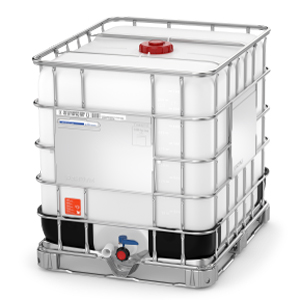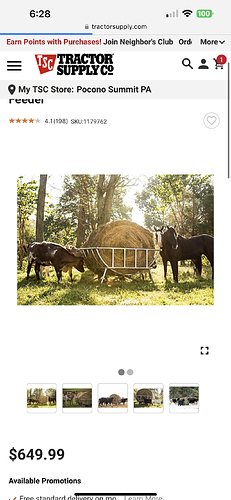I’m in the NE. It’s wet all four seasons here.
We’ve been feeding round bales for almost 20 years. We’ve tried all kinds of methods. What worked for us is put a wooden pallet down, roundbale on top of it, cover with a Haychix Hay Net, then Hay Hut.
It’s an expensive cost up front, but I would do it again fifty times. The Hay Hut keeps the round bale dry and eliminates herd squabbles. The HayChix Net reduces wastage significantly. Together, they produce almost zero hay waste. I’d say about a few flakes’ worth of hay once the round bale is gone - really very little in the scheme of things.
I was feeding for years without a hay net, and it ruined sections of our paddock because the horses would waste hay faster than I could pick it up, it would get trod underfoot requiring the skidsteer to remove, would create a mud patch with poor drainage, etc. We would also have to move the location of the Hay Hut every new round bale, because of how much hay was wasted and how muddy it got underfoot. I wish I’d bought the hay net sooner, but I balked at the cost (~$300). One year I got sick of it because the skidsteer broke. Really wish I’d bought it years before that. With the Hay Hut plus HayChix Hay Net, we really only need to move every couple of refills, or when the ground gets muddy enough.
Our five horses go through a 650lb round bale about every 5 to 7 days, depending on the weight and season.
The bonus to our set-up is that one person can do it solo. It’s much easier with two, of course. We pick up the round bale from our local hay supplier, roll it off of the truck, tilt the roundbale onto a pallet, cover with the hay net, cover with the Hay Hut. It’s a 5 minute job with two people, about a 10m job solo.
Oh – I learned you can make it easier for yourself solo by using your truck to push the round bale onto the pallet. 


 I literally had to order a new girth for their fat butts.
I literally had to order a new girth for their fat butts.


 Yep, this!!
Yep, this!!